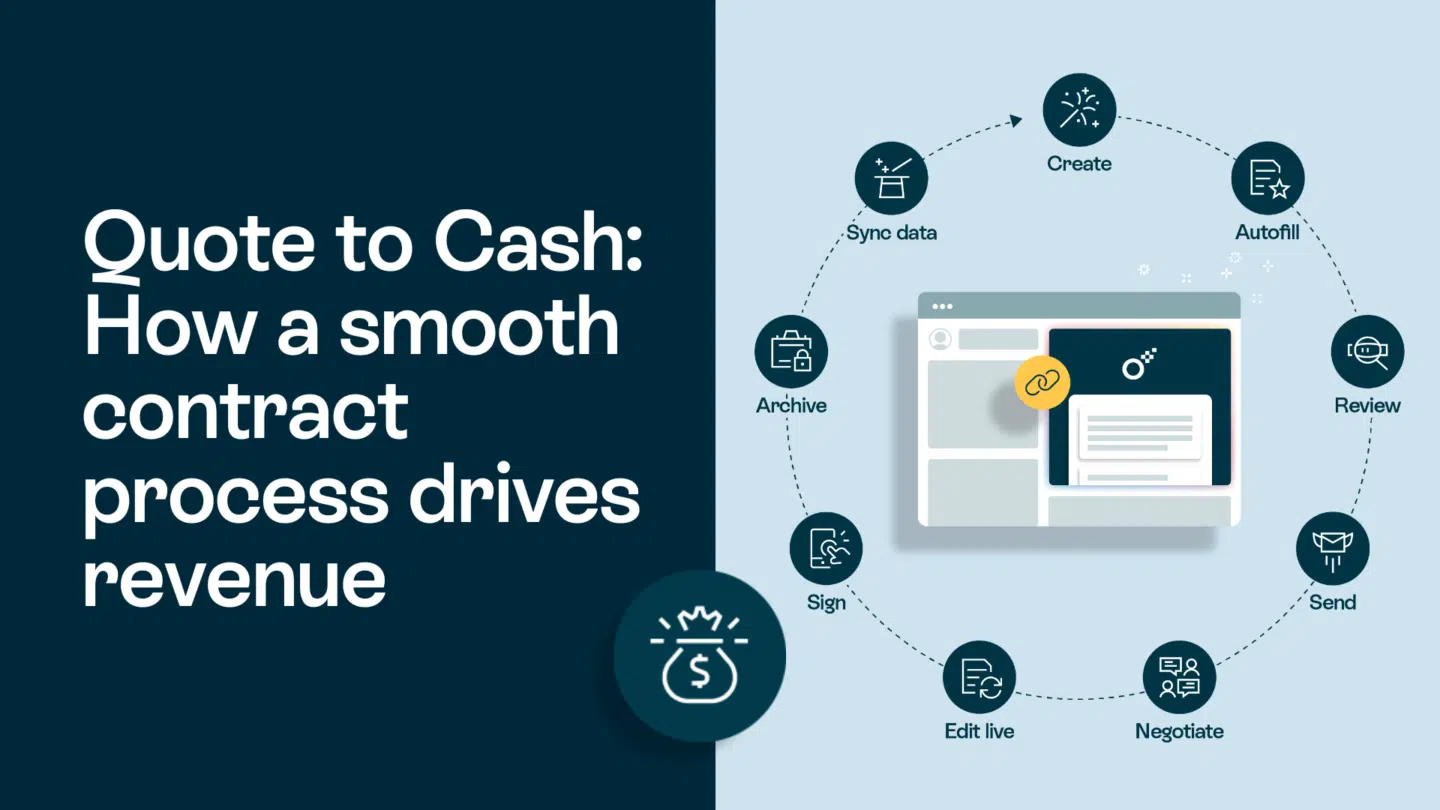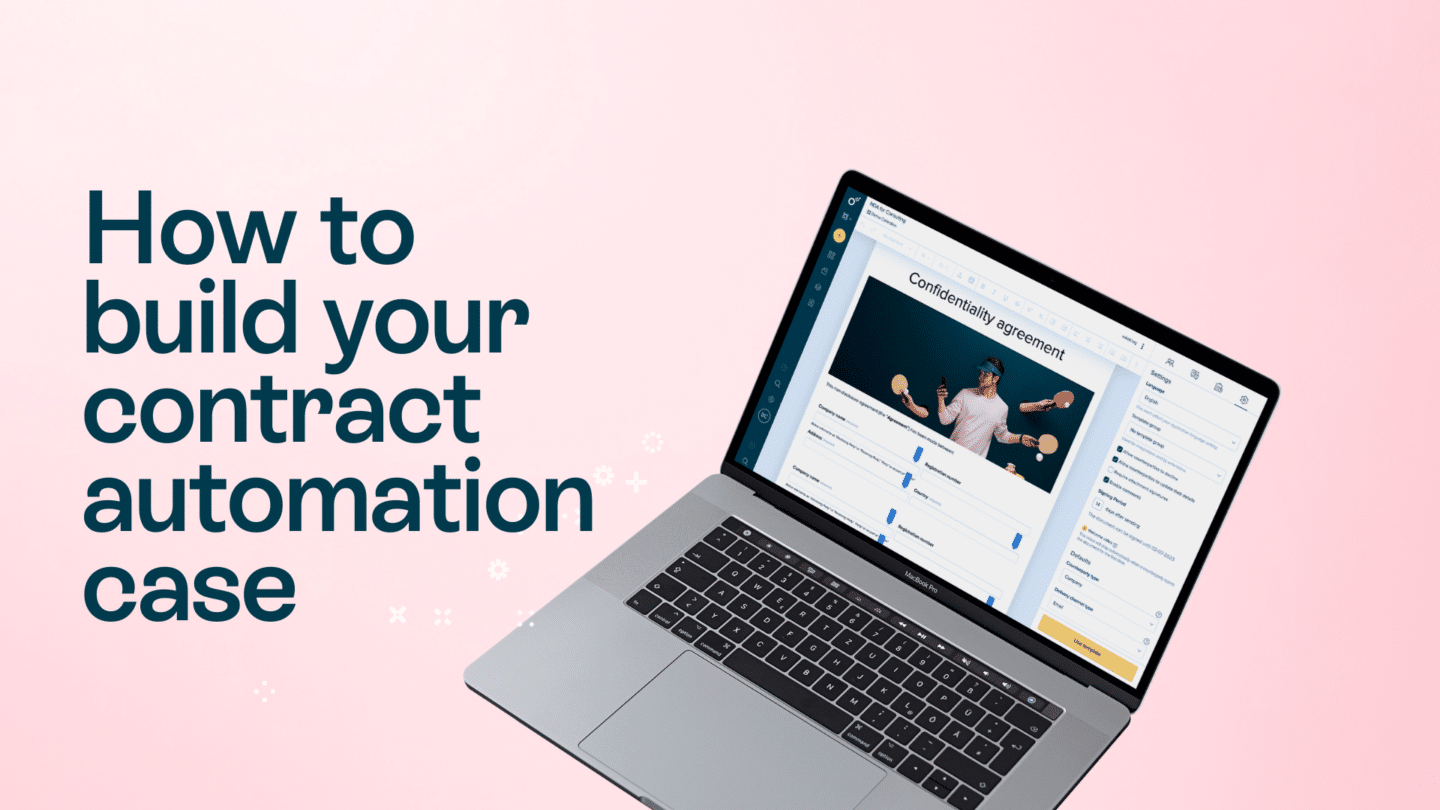Businesses are always looking for new ways to connect with customers. One such method that has gained significant traction in recent years is SMS automation. This powerful tool allows businesses to automate their text messaging campaigns, delivering targeted messages to their audience at the right time. But what exactly is SMS automation, and how does it impact B2B businesses? In this article, we’ll explore the ins and outs of SMS automation and its implications for B2B marketing strategies.
What is SMS automation?
SMS automation in B2B refers to the use of automated text messaging systems to streamline and enhance communication between businesses and their clients or prospects. This technology allows businesses to send targeted and personalized messages to their contacts at specific times or based on predefined triggers, without requiring manual intervention for each message.
Pros of SMS automation in B2B
The use of SMS automation in B2B marketing can offer numerous benefits and advantages:
- Instant communication: SMS automation allows for real-time communication, enabling businesses to reach their B2B clients promptly.
- Increased efficiency: Automation streamlines processes, saving time and resources by sending messages automatically based on triggers or schedules.
- Personalization at scale: Automation tools can personalize messages based on recipient data, enhancing the relevance and effectiveness of B2B communication.
- Compliance challenges: Regulations such as GDPR and TCPA impose strict guidelines on SMS marketing, requiring careful compliance management to avoid legal issues in B2B communication.
Read also: What is workflow automation, and why is it important?

Cons of SMS automation in B2B
The use of SMS automation in B2B marketing can offer numerous advantages, but there are also several potential drawbacks and challenges to consider:
- Risk of over-messaging: Automation may lead to excessive messaging if not carefully managed, risking annoyance and potential opt-outs from B2B contacts.
- Limited message length: SMS has a character limit, restricting the depth of communication and potentially hindering conveying complex B2B messages effectively.
How it works
SMS automation in B2B works by using software to automate the process of sending text messages to customers or prospects. This automation is typically based on predefined triggers and workflows and often includes personalization to make the messages more relevant and engaging.
Key components of SMS automation in B2B
- Triggers: Triggers are events or actions that initiate the sending of an SMS message. (e.g., sign-ups, purchases, website visits).
- Workflows: Workflows are sequences of actions that are triggered by specific events. (e.g., sending follow-up messages, updating contact information).
- Personalization: Personalization involves customizing SMS messages to make them more relevant to the recipient. (e.g., using their name, referencing past interactions).
- Integration: SMS automation platforms often integrate with other systems and tools, such as CRM software or e-commerce platforms, to access customer data and trigger messages based on that data. (e.g., CRM, e-commerce)
- Analytics: SMS automation platforms provide analytics and reporting tools to track the performance of SMS campaigns. (e.g., open rates, click-through rates, conversions)

Impact of SMS automation on B2B businesses
SMS automation can have a significant impact on B2B businesses. Here are some key ways in which it can benefit them:
- Alignment with marketing strategies: SMS automation aligns with B2B marketing strategies by providing a direct and effective way to communicate with customers. It allows businesses to reach their target audience with relevant and timely messages, increasing engagement and driving results.
- Improved customer engagement: SMS automation enables businesses to engage with their customers in a more personalized way. By sending targeted messages based on customer behavior and preferences, businesses can increase customer engagement and build stronger relationships.
- Enhanced lead generation and nurturing: SMS automation can help businesses generate and nurture leads more effectively. By sending automated messages to prospects who have shown interest in their products or services, businesses can move leads through the sales funnel more efficiently.
- Streamlined communication: SMS automation streamlines communication processes, allowing businesses to send messages to a large number of contacts quickly and efficiently. This can help businesses save time and resources while ensuring that their messages reach their intended audience.
- Increased efficiency and cost-effectiveness: SMS automation can help businesses improve efficiency and reduce costs. By automating the process of sending messages, businesses can save time and resources that would otherwise be spent on manual communication efforts.
- Data-driven insights: SMS automation platforms provide valuable data and analytics on campaign performance. This data allows businesses to track the effectiveness of their SMS marketing efforts and make informed decisions about future campaigns.
Read also: Creating engaging and valuable content for target audiences

Best practices for implementing SMS automation in B2B
Implementing SMS automation in a B2B setting can significantly enhance communication and lead nurturing efforts. Here are some best practices to consider:
- Segment your audience: Divide your audience into groups based on factors such as their interests, behaviors, and purchasing history. This allows you to send more targeted and relevant messages.
Example: “Hi [Name], as a valued customer, we’re offering you an exclusive discount on our latest software upgrade. Use code UPGRADE15 at checkout.”
- Personalize your messages: Use merge tags to personalize your messages with the recipient’s name or other relevant information. Personalization can help increase engagement and improve the effectiveness of your campaigns.
Example: “Hi [Name], we noticed you downloaded our whitepaper on digital marketing trends. Here’s a bonus guide with more insights just for you!”
- Set clear goals: Define clear objectives for your SMS automation campaigns, such as increasing sales, improving customer engagement, or generating leads. This will help you measure the success of your campaigns and make adjustments as needed.
Example: “Hi [Name], our webinar on AI in marketing is happening next week. Register now to secure your spot and gain valuable insights!”
- Use clear calls to action (CTAs): Ensure your messages have a clear and compelling call to action that aligns with your B2B goals, such as requesting a demo, downloading a whitepaper, or scheduling a consultation.
Example: “Hi [Name], our latest whitepaper on B2B marketing trends is out now! Click the link below to download and stay ahead of the competition.”
- Timing is key: Send your messages when your B2B audience is most likely to be receptive, considering their work hours and the relevance of your message to their business needs.
Example: “Hi [Name], our new webinar on optimizing supply chain efficiency is happening next week. Register now to secure your spot!”
- Monitor and analyze results: Track the performance of your SMS automation campaigns using analytics tools. Pay attention to metrics such as open rates, click-through rates, and conversion rates to measure the effectiveness of your campaigns.
Example: “Hi [Name], thank you for attending our webinar on social media marketing. We’d love to hear your feedback. Click the link below to share your thoughts.”
- Comply with regulations: Ensure that your SMS automation campaigns comply with relevant regulations, such as the Telephone Consumer Protection Act (TCPA) in the United States. Obtain consent from recipients before sending them messages and provide an easy way for them to opt-out.
Example: “Hi [Name], we want to ensure you receive only relevant messages from us. Reply with STOP to opt out of future SMS notifications.”
- Integrate with other marketing channels: Combine SMS automation with other marketing channels, such as email (if you can find business email addresses for your prospects) and social media, to create a cohesive marketing strategy. This can help you reach your audience through multiple touchpoints and increase the effectiveness of your campaigns.
Example: “Hi [Name], have you checked out our latest blog post on email marketing best practices? Click the link below to read more and subscribe for updates!”
Key takeaways
In a nutshell, SMS automation is key for B2B businesses, improving customer engagement, lead generation, and communication. Consider integrating SMS automation into your marketing strategy for better results and business growth.







